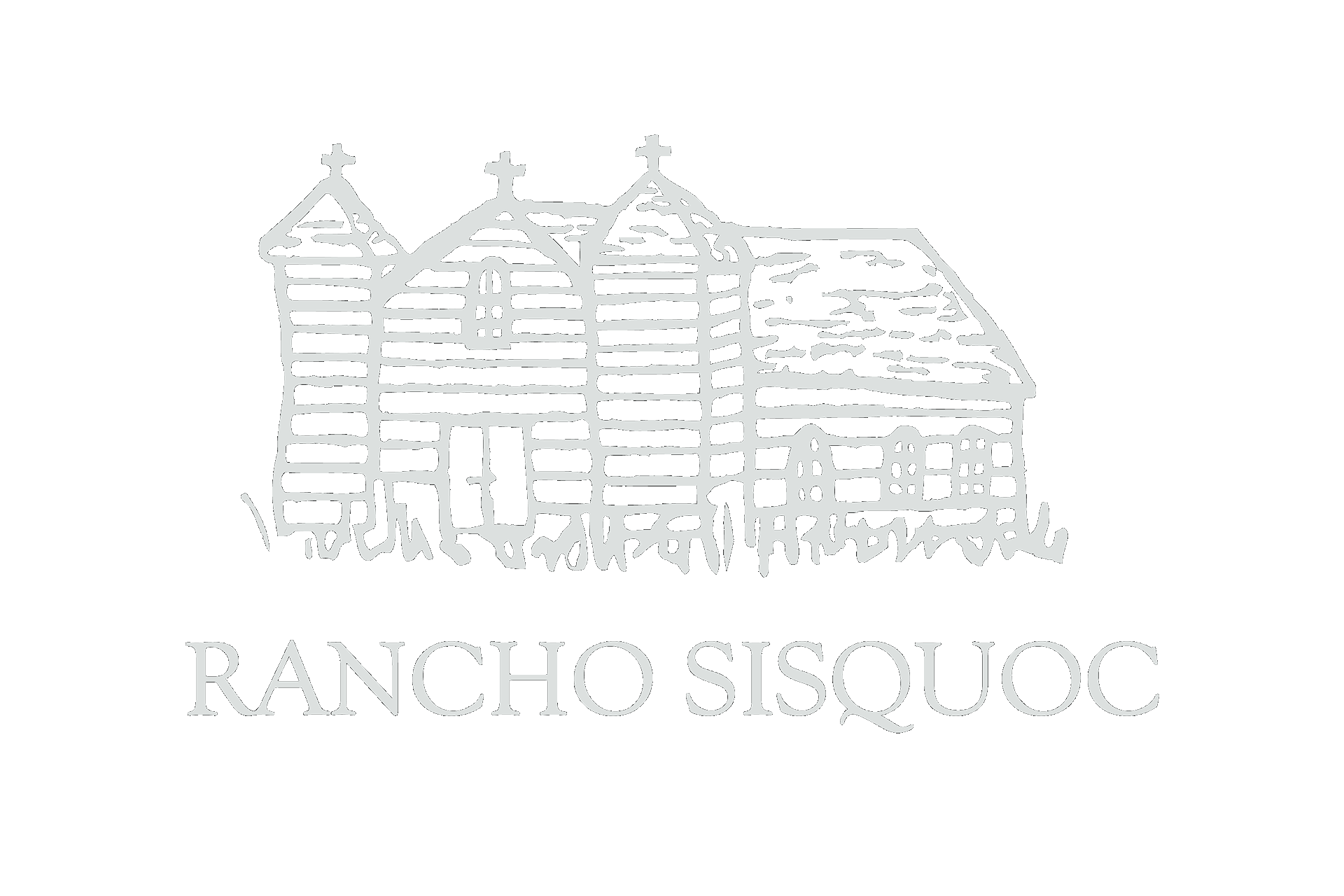“Sisquoc” is a native Chumash word meaning quail. The Sisquoc River flows through Los Padres National Forest, the San Rafael Wilderness area, and Rancho Sisquoc before joining the Cuyama River up the coast from Santa Barbara.
James C. Flood arrived in California in 1850 in search of opportunity and sunshine. As early as 1882 the Flood family was farming and ranching in California. James C. Flood’s grandson, Jim, and his wife, Betty carried on the farming and ranching tradition when, in 1952, they purchased the historic Rancho Sisquoc, which was an 1852 Mexican land grant.
In the 1950s the Floods ran Rancho Sisquoc primarily as a cattle ranch, while also farming beans and grain. Jim and Betty taught their four children Jimmie, Judy, Johnny, and Elizabeth, how to ride horses while rounding up cattle. Today, their great-grandchildren (6th generation Floods) work on their riding skills with the cowboys on the ranch, as the cattle operation continues.
The chaparral watershed and classic Mediterranean climate inspired the Floods to plant their first vineyards in the late 1960s, some of the very first in Santa Barbara County. With the guidance of Napa Valley enologist, Andre Tchelistcheff, varieties were matched to the climate and soils of Rancho Sisquoc. In 1972, the Floods produced their first wine. With experience only gained through vintages, additional varieties have been chosen based on the ranch microclimates to create superb vineyards and award winning estate wines.
Betty Flood, an endlessly talented and creative artist, drew the wine label of the San Ramon Chapel. (Her hand-painted signs of historic landmarks are still throughout the ranch.) The Chapel, marking the entrance to Rancho Sisquoc, was built in 1875 and became the first official landmark in Santa Barbara County in 1966.
Today, quail still scurry and flutter throughout the chaparral and vineyards, Sunday mass is held at the San Ramon Chapel, and the Floods still use the original ranch house of 1900.

